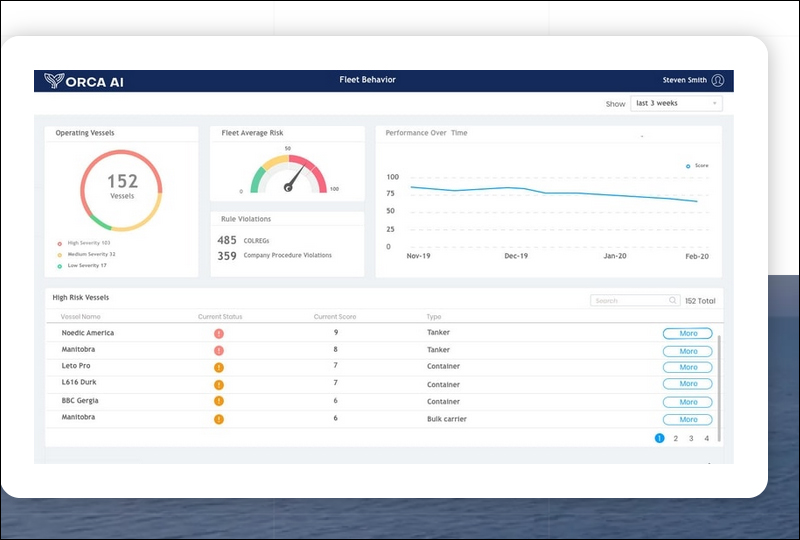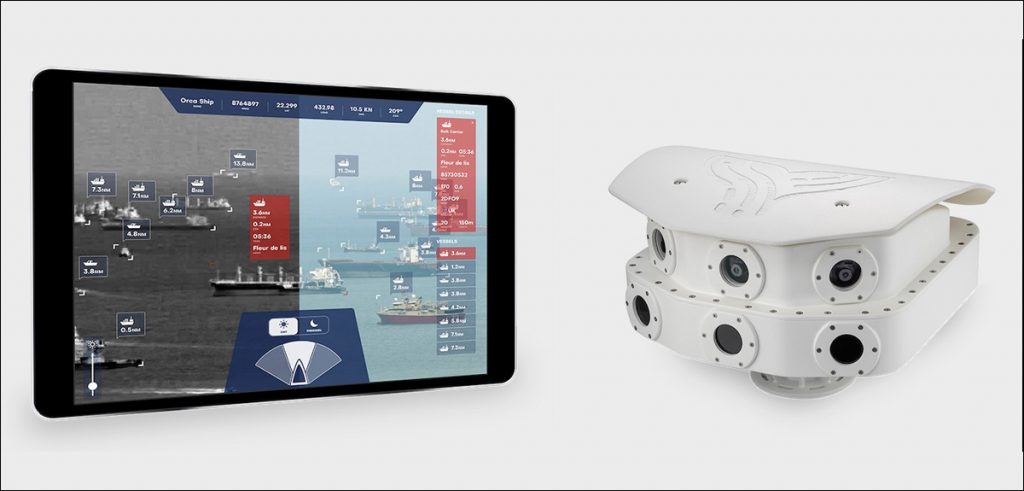The world’s first self-driving AI cargo ship completed a 500-mile journey with 99% autonomy, while similar cars on land struggle to achieve much less. Satyen K. Bordoloi looks under the bonnet to tell you why, and when you can expect to buy a fully-autonomous car
In the 2004 film I, Robot, Will Smith abhors robots. After an accident where two cars fall into a river, instead of saving a little girl’s life like he asks the robot to do, its AI brain calculates a higher probability of saving him, so it abandons the girl. His dichotomy: he should love robots for saving him but hates them for the guilt.
This is because Will’s character is emotional and moral. The AI robot’s thinking is fully mathematical and logical. That is the gulf that separates humans and AI and, it seems, never the twain shall meet. But if the world is to see AI reach its full potential or closer home for us to see fully autonomous vehicles in our lifetimes, a bridge must be built between them. It would seem hopeful news comes from an unlikely source: the world of shipping.

A fully autonomous, 749 gross-ton commercial cargo ship called Suzaka and powered by an Israeli AI firm Orca AI, completed a 491-mile voyage in the congested waters of Tokyo Bay, traveling without human intervention for 99% of the journey. This first-ever feat took 40 hours to complete the 790 kilometers at sea.
According to Orca AI, its safety navigation system provided real-time detection, tracking, classification, and range-detection of everything around it with 18 onboard cameras that combined to provide a 360-degree view night and day. The ship performed 107 collision avoidance manoeuvres without human help and steered clear of 400-500 other vessels on the water.
This is momentous for multiple reasons. This is the first time that any autonomous vehicle has taken such a long journey – both in terms of distance and time. Secondly, it is a company founded only in 2018 by two naval technology experts and in just 4 years seems to have done, what cars have been proclaiming they’ll do for a decade without success.
At the face of it, this seems like news that should revolutionize the self-driving AI industry. If AI can drive a ship with such success, it can drive cars on the roads as well, right? Wrong.

Let’s talk numbers. Orca AI performed 107 collision avoidance manoeuvres and avoided 500 other vessels in its vicinity in 40 hours. On most highways of the world, a car will cross those exact numbers not in 40 hours, but in under 40 minutes. If you were driving on India’s congested, unruly roads, you’d encounter them in less than 10.
The problem with autonomous driving technology isn’t that it’s bad at avoiding traffic. Quite the opposite: it is good and getting better. Problem is that when too many inputs come from too many sources at the same time, the AI not only has to analyse each individually but also look at the multiple interactions possible and their repercussions. Take the three-body problem of classical mechanics. It states that it’s next to impossible to predict the exact position of three bodies relative to each other even if we are aware of their initial position and velocities. An AI in a car, has to deal with not three but 30 different bodies on the highways at the same time, though thankfully moving on a flat surface.

Though there is this misconception that AI copies the human brain, the truth is it only mimics a small portion of how the brain operates. The entire system of e.g., how we deal with the multiple body problems on highways, is still out of reach of our complete understanding. Hence AI scientists have been left to create their own methods for the same, make a core in the AI system that can quickly analyse multiple streams of data and take action based on it.
Atop it is the difficulty of assigning morality to a lot of those choices. Will Smith’s character in I, Robot wanted a child to be saved over himself, but the AI made a mathematically precise decision, which according to Will, wasn’t a morally right one. We encounter such moral dilemmas all the time and somehow make decisions. But how do you train a silicon brain inside a car to judge who to save: a 5-year-old girl or a 75-year-old woman when a collision with either is inevitable. The Trolley problem thought experiment flummoxes even humans. What will AI do in such a situation?

If you calculate in terms of kmph, 791 kms in 40 hours is less than 20 kms per hour. A car on most open, wide highways across the world travels at minimum of four times that speed. Making multiple calculations at 100kmph is completely the opposite of making it at 20kmph.
That is the reason we still do not have fully self-driving cars. Indeed, it is the holy grail for AI that would need a lot of inventions and discoveries in cognitive computing before we crack it. But if we do manage to make a fully autonomous car, it could be the first step in truly figuring out how the human brain works and thus, the first step in going from artificial intelligence, to artificial consciousness.
So, what is the future of the autonomous self-driving AI industry? In the not-so-distant future, fully autonomous ships and airplanes driven by systems like Orca AI would become a reality. Fully autonomous cars in well-controlled and structured roads and environments already are. However, to achieve full automation on many roads of the world would take a long time. Perhaps the day a fully autonomous car drives successfully on the chaotic streets of Bangalore, Bombay, and Banaras, is the day we can truly say that AI has reached its final potential, its singularity.
In case you missed:
- PSEUDO AI: Hilarious Ways Humans Pretend to be AI to Fool You
- Anthropomorphisation of AI: Why Can’t We Stop Believing AI Will End the World?
- You’ll Never Guess What’s Inside NVIDIA’s Latest AI Breakthrough
- Copy Of A Copy: Content Generated By AI, Threat To AI Itself
- Collaboration, Complexity, & Innovation: Understanding Multi-Agent Systems
- AIoT Explained: The Intersection of AI and the Internet of Things
- The Path to AGI is Through AMIs Connected by APIs
- Hey Marvel, Just Admit You’re Using AI – We All Are!
- When AI Meets Metal: How the Marriage of AI & Robotics Will Change the World
- Rise of the Robolympics: When R2-D2 Meets Rocky Balboa









